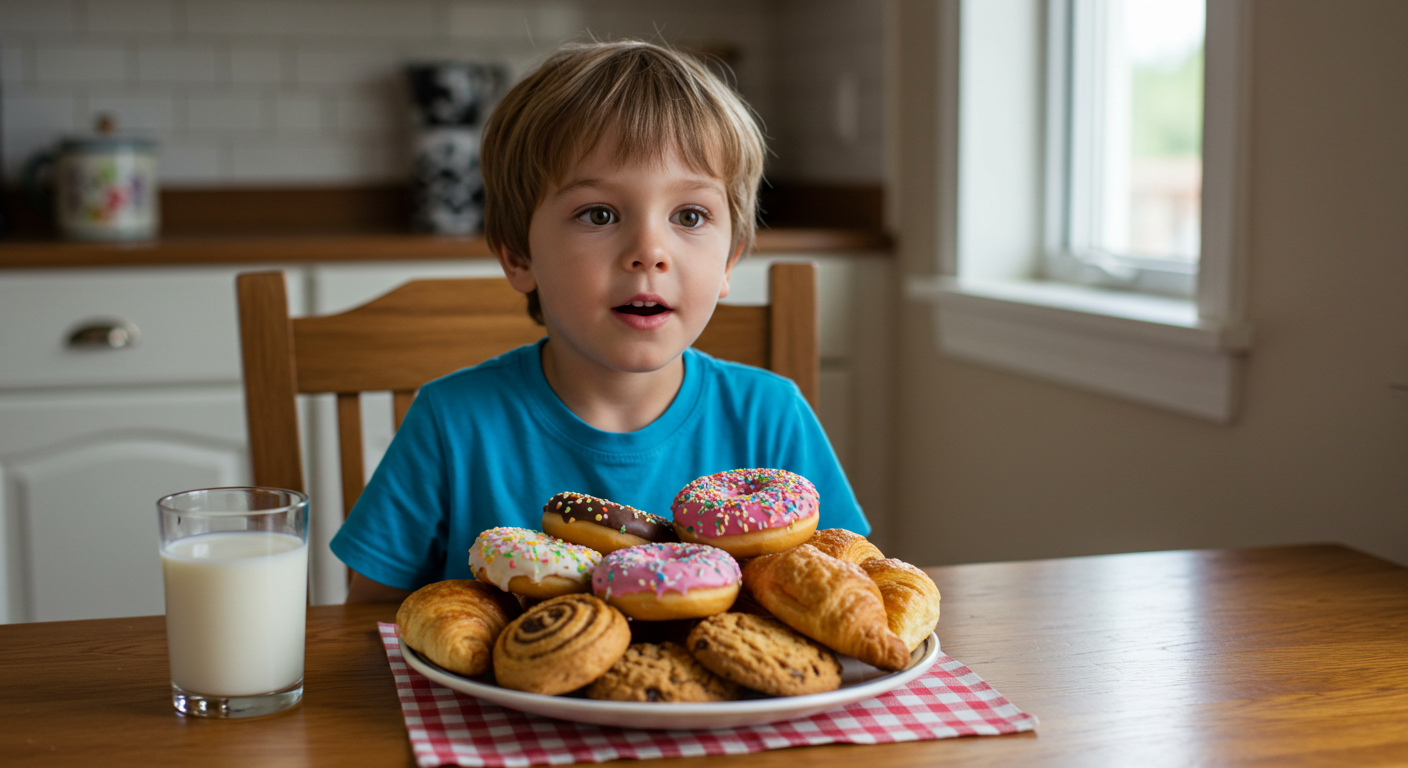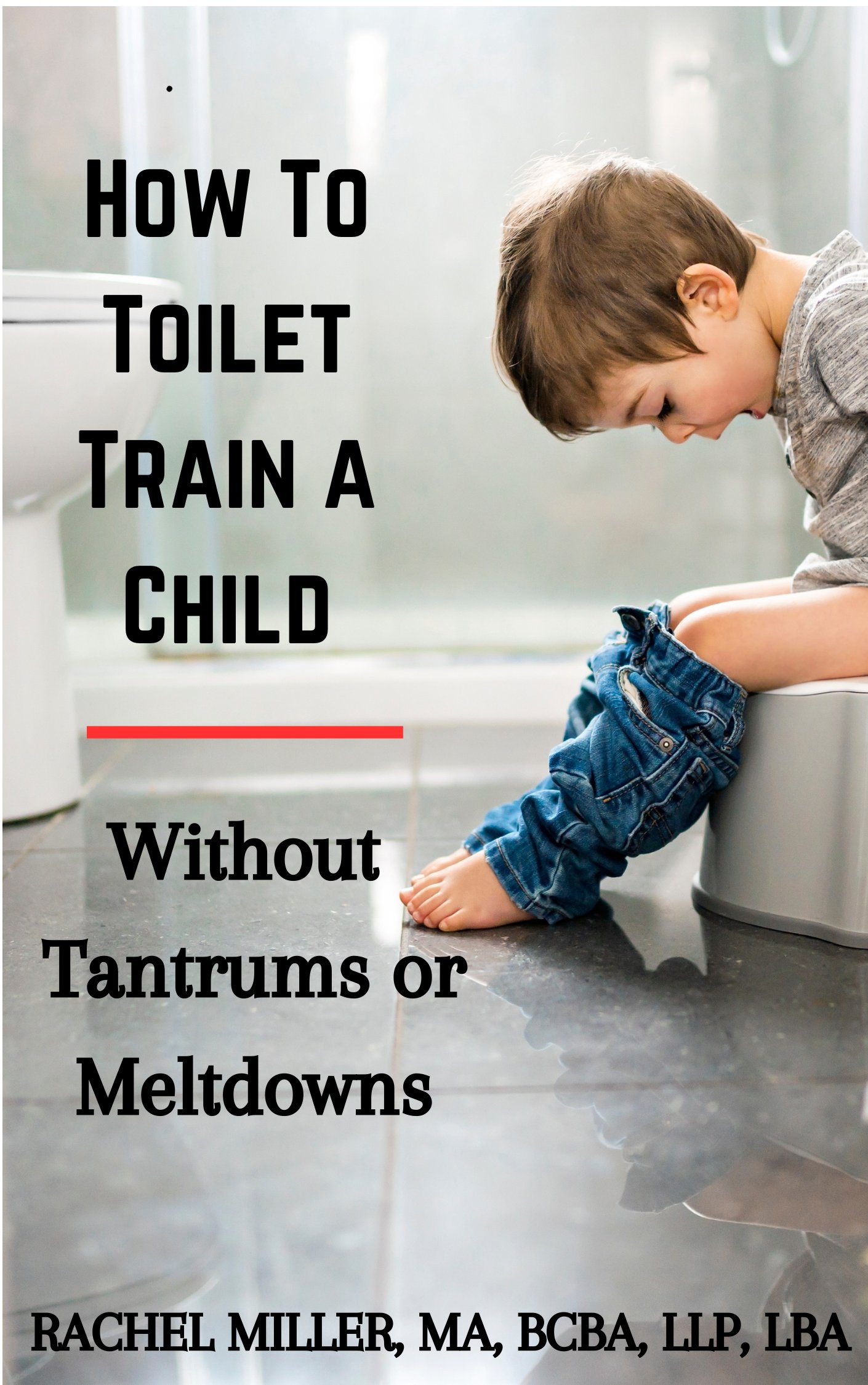Autism Diet Plan

Finding the best autism diet plan specifically for your child, can be an effective treatment in combination with behavioral treatments, such as a GFCF and a candida detox diet. Due to such a wide range on the spectrum, your child may or may not benefit from special diets, but the success rate of many children going gluten and casein free or anti-yeast is much too high to not at least look into more. I've worked with a number of integrative doctors that say this is by far the most important thing for anyone with a diagnosis to consider doing with the help of a doctor or nutritionist to make sure they are getting the right nutrients.
It’s also hard to say whether these foods are the actual causes of symptoms or if there is something else that caused the food intolerance, which has then led to the symptoms of an autistic disorder. Some believe there is a link between autistic disorders and vaccinations in the sense that the vaccines are causing food allergies and other health problems, which are in turn causing the presence of autistic behaviors. Currently there is nothing to prove this theory, but it's definitely something that needs to be investigated and ruled out.
GFCF Diet - Autism Diet Plan
The most common autism diet plan currently used at this time is one that is gluten and casein free. Gluten is an elastic protein formed when moisture is added to flour. The other ingredient, casein, is usually found in dairy products. This diet not only relieves celiac disease symptoms and symptoms of dairy intolerance, but it also helps to decrease the level of opioid peptides believed to be causing signs and symptoms. Any children with gastrointestinal issues, such as constipation or diarrhea, should strongly consider this. For more info, click the link above...
Candida Detox and Anti-yeast Diet

Yeast overgrowth is a common problem for individuals with autistic disorder, ADHD, asthma, and allergies, but can be difficult to diagnose. There is a simple candida saliva test you can have your child do from home to see if this may be a problem. You may also want to review symptoms of candida overgrowth including:
• Recurrent yeast infections
• Bloating in the belly
• Fatigue or depression for no apparent reason
• Insomnia and restlessness
• Joint pain, muscle aches, asthma symptoms or headaches
• Weight gain or difficulty losing weight
• Cravings for sweets and other refined carbohydrates
• Poor memory, brain fog, or poor cognitive function
This autism diet plan may be done in combination with going gluten and casein free, which is actually not very complicated since many foods with gluten and casein promote yeast overgrowth. Essentially you want to eliminate foods that contain yeast, stimulate the growth of yeast or contain other forms of mold and fungus. Some of these include:
• Breads, bagels, pizza dough and pastas
• Foods with high amounts of refined sugar – candy, cakes, pastries
• Vinegar, ketchup, mustard, pickles and olives
• Cheese and sour cream.
The good news is that there are some great substitutes for some of these foods that do not have yeast, including a rice based pizza crust without yeast and soy cheese (daiya cheese is good). A local health food store would be the best option for finding these foods. It may also be important to take certain supplements that help to eliminate candida overgrowth, such as special enzymes, to also help relieve autism symptoms.
The Low Oxalate Autism Diet Plan
This particular autism diet plan is fairly recent in its use as a treatment. There isn't specific scientific evidence supporting its use, but it does show promising results. It involves reducing or eliminating the food component called oxalate.
Some children with signs of autistic disorder appear to have difficulty metabolizing oxalates, which interferes with calcium metabolism leading to kidney stones. For other children, oxalates can be toxic and interfere with proper function of the gut.
Some foods that contain oxalates include:
• Chocolate milk, ovaltine, and high oxalate fruit juices
• Almonds, green beans, peanuts, pecans, and sesame
• Fig newtons, fruit cake, graham crackers, wheat germ, and white corn
• Beets, celery, spinach, sweet potato, summer squash, tomato soup and soy sauce.
Feingold diet
Another option to consider is the Feingold Diet. Although this is often used for children with ADHD, it could easily be another type of autism diet plan. This involves eating only all natural foods that do not contain artificial flavors, colors, or preservatives. There is a cost to obtain the exact list of foods that are okay, but this reportedly has a good success rate in decreasing a lot of symptoms associated with different disorders.
Whichever you consider, making sure your child is getting proper nutrition is most important. Regardless of whether it helps with behavior or symptoms of autism, it is important to build good eating habits that will last a lifetime and help to decrease the chances of future health concerns, such as heart disease or diabetes.
Regardless of whether a child is diagnosed with autistic disorder or something else, such as ADHD, these additional dietary recommendations can help with hyperactivity, irritability, and difficulties with attention and memory. All common signs-symptoms of autism.
Foods and Ingredients to Limit or Eliminate:
- Artificial colors – especially red dye 40
- Processed sugars - ex. candy, soda pop, sugar cereals, pastries, donuts
- Caffeine – ex. soda pop, coffee and chocolate
- Simple Carbohydrates – ex. Processed sugars, white bread, white pasta and rice.
One of the most important things to eliminate from a child’s diet when showing anger and irritability is artificial dyes such as red dye 40. Along with other artificial colors some parents have reported this particular ingredient to be correlated with, aggressive behavior and hyperactivity.

Red Dye 40 can be found in a lot of food products including children’s vitamins, chocolate cake, pop, cheese puffs, cereal, and Doritos. We use special vitamins made by Nature's Plus (grape flavor is best!) that do not contain any artificial ingredients and are made from whole foods. Personally, speaking they taste really good too!
Foods to Increase:
- Complex Carbohydrates – ex. 100% whole grains, brown rice, fruits, and vegetables
- Omega-3 fatty acids - salmon, light tuna, flaxseed, DHA diet supplements, organic milk with DHA
- Daily multivitamins without artificial colors or flavors
Attempting to include foods containing omega-3 fatty acids can be difficult, especially considering that that the main sources are generally from fish. However, you can get fine ground flaxseed that can be added to cereals or smoothies or DHA supplements. Studies about Omega-3 fatty acids, as part of an autism diet plan, are showing they can influence mood, impulsivity and personality.
Final Thoughts
Ultimately, finding the right autism diet plan for your child is a journey that requires patience, observation, and guidance from healthcare professionals. Every child is unique, and what works for one may not work for another, but small, thoughtful dietary changes can make a meaningful difference in behavior, digestion, and overall well-being. By focusing on nutrient-rich foods, minimizing potential triggers, and exploring options like GFCF, anti-yeast, low-oxalate, or Feingold diets, parents can take proactive steps toward supporting their child’s health and quality of life. Remember, nutrition is not just about symptom management—it’s about building lifelong healthy habits that give your child the best foundation for growth, learning, and happiness.
If you haven't already, be sure to check out my ebooks, now on Amazon!

